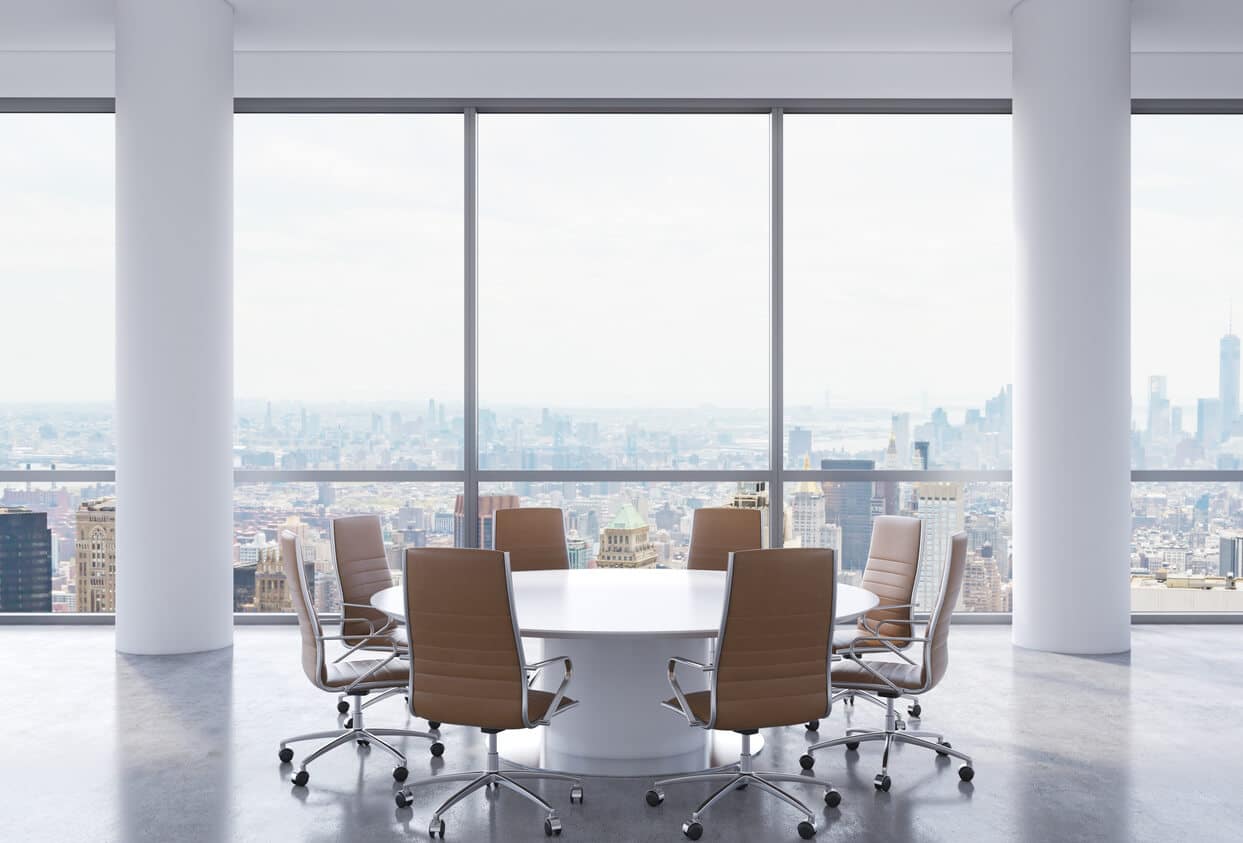Medical & Healthcare Offices in New York City
Find the right property, avoid hidden costs, and negotiate favorable terms.
Find the right property, avoid hidden costs, and negotiate favorable terms.

New York City has countless opportunities for healthcare professionals like yourself. Whether you’ve run a dental practice for decades, are starting fresh as a therapist, or are starting a new clinic, you’ve got nearly 10 million potential patients right outside your door. But succeeding goes beyond the numbers. It’s about connecting with people, understanding their needs, and impacting their lives. That’s what New York City lets you do.
You’ve put in the work, and it’s clear that you’re all about excellence. Your medical office should say that, too, in a place as big as New York City. Think beyond a regular workspace. You need a strategic asset, a place that elevates your practice. Top healthcare facilities like New York-Presbyterian, Mount Sinai, and Sloan Kettering? They’re not just names; they could be your neighbors, part of your network. You’ve also got a well-off demographic ready to pay out of pocket for your services. Plus, many successful executives have great health insurance and need a trustworthy provider like you. You can find countless of them in busy, high-density areas.
So, let’s help you find that perfect space. A space where you can thrive, make a difference and truly take care of your patients. Because when you take care of others, you deserve a space that takes care of you.
Searching for the right medical office space in New York City is a big deal, and there’s much to consider. No matter your discipline, you want a spot that fits your unique needs. Let’s break it down.
Buildings like these cater specifically to healthcare pros like you. Initially, many served as traditional office spaces, but the trend of repurposing them for medical use is rising. Explore options in Midtown Manhattan and Midtown South, and take a closer look at buildings such as 57 West 57th, 30-32 E 20th Street, and 30 East 40th Street near Grand Central Terminal. You’ll find yourself surrounded by peers in these locations, working in a space tailor-made for your profession. Plus, medical buildings also offer the opportunity for referral from other physicians/healthcare providers in the building.
Many mixed-use buildings – those combining office, residential, or retail spaces – are open to medical tenants. Ground floor spaces are common, giving your practice excellent visibility and easy access for your patients. Ground floor space can be a bit pricier, but the trade-off in exposure and convenience can be well worth it. Areas like the Upper West Side, Murray Hill, and City Hall/Tribeca have fantastic options.
While many businesses prefer leasing, buying a condo or co-op could be wise for medical practices planning to stay put long-term. You’ll have to fit out the space yourself, but this could be a wise investment down the line. And if you’re a physician? Purchasing a space makes sense. Square footage and space requirements don’t usually change over the years. Plus, it’s particularly challenging to relocate a medical practice once patients become like family and get used to your location.
Medical practices have specific needs. Think beyond square footage and employee headcount. Consider the number of exam rooms, treatment spaces, and the necessary equipment you’ll need. Surgeons might need recovery rooms; psychiatrists might need soundproofing. Dentists need plumbing in every operation room. Making your space ADA-compliant could be crucial, depending on your patient base.
Your utility needs are unique, too. Ensure the electrical infrastructure can handle your equipment, and check if there’s a backup generator in the building. And don’t forget about the importance of natural light, especially for specialties like psychiatry.


Since 2004, our team has represented hundreds of tenants in acquiring commercial loft space and office, retail, law firm, and hedge fund space. Contact us at (212) 444-2241 for any questions.
The owners of buildings that cater to medical tenants are more open to building out a medical space on behalf of physicians and healthcare providers. They will usually provide architectural planning services, file permits, provide plumbing and electrical distribution, and build treatment rooms, consult rooms, a reception area, and ADA-compliant bathrooms. Typically, they will build to a cap with the tenant paying additional costs above the agreed-upon build out allowance.
If you require an ADA-compliant building and space, this is a key factor to consider when searching for a new space. Your realtor will then screen properties to show you based on these criteria. Some properties are partially ADA compliant, fully ADA compliant, or not at all. It’s also possible to retrofit some spaces to be compliant. For instance, if you construct an ADA-compliant bathroom within a space. Physicians should check if insurance companies require them to lease an ADA-compliant space.
Many medical practices generate bio-hazardous waste, and it requires proper disposal. Ensure that your broker shows you properties with bio-hazardous waste disposal services. Dedicated medical buildings are most likely to offer these disposal services.
Medical procedures may demand medical equipment with high-capacity electrical distribution. Do you need two-phase or three-phase electrical distribution for your practice’s equipment? By communicating your practice’s electrical capacity needs to your real estate broker, you ensure they only consider spaces with adequate energy or the potential for upgrades.
Medical space requires sinks and other plumbing in treatment rooms and operatories. Dental practices require extensive plumbing with water running to chairs. Be sure to consider plumbing requirements when searching for a new space.
Your practice may use equipment such as lasers that generate heat and require cooling. In such a case, you may need additional HVAC capacity to provide additional cooling, which may be required 24/7. Take this into account when you search for a medical office.
Suppose you lease a ground-floor professional medical space with a private entrance facing the street. In that case, you will have 24/7 access, so this is not an issue. But if you have an above-grade space in an office building, it is critical to check what hours someone attends the lobby and when you have access. Most dedicated medical buildings offer 24/7 access.
If patient referrals from other practices are a viable source of income, consider leasing space in dedicated medical buildings where other tenants can refer patients to your practice.
















Accessibility Tools